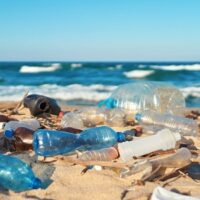July 2, 2025
The Issue with Plastic Foam
BY: Jessica McLean
Plastic foam is everywhere — from takeout containers and coffee cups to packing peanuts and foam coolers. But this common material, which is a type of polystyrene, has a long and complicated history. First created in the 1830s, polystyrene became mainstream in the 1940s when industrialized nations, including the United States and those in Europe, tapped into the petrochemical and plastic industries to meet growing demand for supplies during World War II. After the war, instead of slowing down, polystyrene production boomed.
Fast forward to today, plastic foam is used around the world. But its convenience comes at a steep cost. This material is wreaking havoc on the environment, harming wildlife, and even harming our health.
THE ISSUE WITH PLASTIC FOAM
Plastic foam is both lightweight and brittle. Because it is so light, when it breaks apart, the tiny pieces can easily be carried far and wide by wind and water, making it one of the most abundant forms of marine plastic pollution. In fact, it was one of the first types of plastic pollution discovered in the oceans.
More than 8 million metric tons, or over 17 billion pounds, of plastic foam are produced globally every year. In 2019, the United States collected more than 3 million metric tons of plastic foam waste. And that doesn’t even take into account the waste that was exported to other countries, mismanaged, or ended up in the environment.
But waste isn’t the only issue when it comes to plastic foam. The production of this material takes a toll on our environment and health. Plastic foam affects ocean wildlife, including sea turtles, seals, and shorebirds, and poses significant health risks for people. It’s toxic to the human nervous system and a probable carcinogen, meaning it is likely to cause cancer. In fact, the American Academy of Pediatrics recommends that parents avoid plastic products made of polystyrene, which includes plastic foam.
WHAT TO DO ABOUT PLASTIC FOAM
Single-use plastic foam is unnecessary, unsafe, virtually unrecyclable, and we need strong government policies to phase out this problematic plastic.
The good news? State and local governments across the country are acknowledging the issue with plastic foam and taking action to reduce its use and production. Twelve states and more than 250 counties and cities have already passed policies to reduce single-use plastic foam.
Congress has the chance to make the right choice for our health, our communities, and our oceans. By passing a nationwide policy to curb the production and use of single-use plastic foam and moving to reusable and recyclable alternatives, they can help us create a foam free future.
LEARN MORE ABOUT PLASTIC FOAM
Learn more about plastic foam and why Oceana is calling on local, state, and federal government leaders to phase out its production and use by reading Oceana’s Plastic Foam Needs ‘To-Go’ report or by exploring the plastic foam factsheet.
You can also get involved by signing our petition calling on Congress to protect our oceans and our health by supporting the Farewell to Foam Act.
MOST RECENT
August 29, 2025
August 22, 2025
Corals, Community, and Celebration: Oceana Goes to Salmonfest!



